You are not what you eat, you are what you absorb.
When you hear the saying "you are what you eat" you need to remember that’s only true if you are digesting and absorbing your food.
One of the influencing factors for how effectively your body can absorb and utilise nutrients is the bioavailability of nutrients in the food.
Bioavailability refers to the extent to which a nutrient or substance can be absorbed and biologically utilised. This is a critical factor in nutrition because it determines the efficiency with which nutrients from food or supplements can be used for physiological functions or stored. The bioavailability of a nutrient is influenced by several factors, including its chemical form, the presence of other substances that may enhance or inhibit its absorption, the individual's health status, and specific physiological conditions such as the efficiency of the digestive system.
Understanding nutrient bioavailability is essential for assessing dietary requirements, formulating nutritional supplements, and ensuring that the body receives adequate levels of essential nutrients for optimal health.
Curcumin, the principal curcuminoid found in the spice turmeric, has been widely studied for its potential therapeutic effects, including anti-inflammatory, antioxidant, and anticancer properties. However, its clinical application is significantly limited by its poor bioavailability.
The main factors contributing to the low bioavailability of curcumin are its poor solubility in water and its rapid metabolism in the liver and intestinal wall. Moreover, curcumin tends to form a glucuronide and sulfate conjugates in the liver, which further decreases its effectiveness in the body. This rapid metabolism and systemic elimination lead to low levels of free curcumin in the bloodstream, thus limiting its therapeutic efficacy (Anand, Kunnumakkara, Newman, & Aggarwal, 2007).
Several strategies have been explored to improve the bioavailability of curcumin, including the development of curcumin formulations with adjuvants like pepper (piperine), which inhibits glucuronidation, thereby enhancing curcumin's bioavailability. Other approaches include the use of nanoparticles, liposomes, phospholipid complexes, and micelles, which can encapsulate curcumin and improve its solubility, stability, and ultimately its absorption in the gastrointestinal tract. These novel formulations have shown promising results in increasing the bioavailability of curcumin, thus enhancing its therapeutic potential. (Gupta, Patchva, & Aggarwal, 2013).
And this is where Vidafy (available at Sage Wellbeing) comes to the rescue.
A company in Germany, Aquanova, recently developed a liquid micellized form of curcumin called NovaSOL. It’s a proprietary process of converting curcumin into a fully water-soluble and pH-stable form. NovaSOL has a biomimetic or nature-like micelle structure, which leads to optimal oral bioavailability.
Vidafy have encorporated NovaSOL into their Nanofy and Curcumin Plus. Now we have a product where we can fully take advantage of the therapeutic effects of curcumin.
Want to learn more? Learn from Chris Kresser - read How To Reduce Inflammation Naturally in The Sage Journal
Shop Vidafy Curcumin Supplements HERE
References:
Anand, P., Kunnumakkara, A. B., Newman, R. A., & Aggarwal, B. B. (2007). Bioavailability of curcumin: Problems and promises. Molecular Pharmaceutics, 4(6), 807-818.
Di Meo, F.; Margarucci, S.; Galderisi, U.; Crispi, S.; Peluso, G. Curcumin, Gut Microbiota, and Neuroprotection. Nutrients 2019, 11, 2426. https://doi.org/10.3390/nu11102426
Gupta, S. C., Patchva, S., & Aggarwal, B. B. (2013). Therapeutic roles of curcumin: Lessons learned from clinical trials. AAPS Journal, 15(1), 195-218.
Hurrell, R. F., & Egli, I. M. (2010). Iron bioavailability and dietary reference values. The American Journal of Clinical Nutrition, 91(5), 1461S-1467S.
Melse-Boonstra A. Bioavailability of Micronutrients From Nutrient-Dense Whole Foods: Zooming in on Dairy, Vegetables, and Fruits. Front Nutr. 2020 Jul 24;7:101. doi: 10.3389/fnut.2020.00101. PMID: 32793622; PMCID: PMC7393990.
The information provided on this website is for general informational purposes only and is not intended as, nor should it be considered a substitute for, professional medical advice. Do not use the information on this website for diagnosing or treating any medical or health condition. If you have or suspect you have a medical problem, promptly contact your professional healthcare provider.
